Volvo Photo Locations Part 383


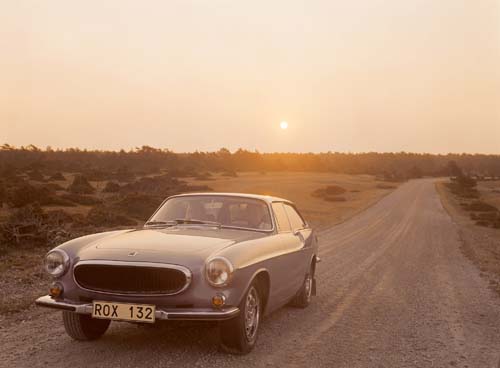
1973 – Volvo 1800 ES at Digerhuvud Naturreservatet between Lauterhorn and Aursviken on Fårö in Gotland, Sweden 🇸🇪
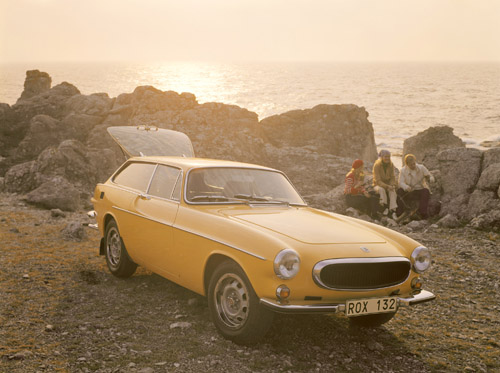
1973 – Volvo 1800 ES at Digerhuvud Naturreservatet between Lauterhorn and Aursviken on Fårö in Gotland, Sweden 🇸🇪
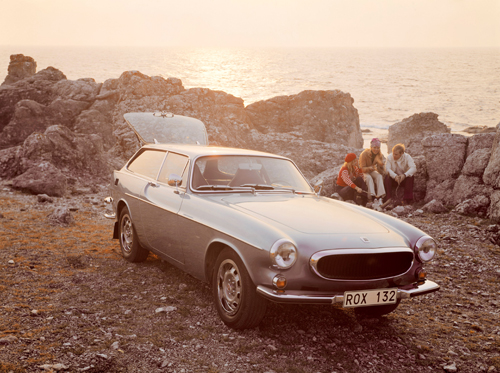
1973 – Volvo 1800 ES at Digerhuvud Naturreservatet between Lauterhorn and Aursviken on Fårö in Gotland, Sweden 🇸🇪
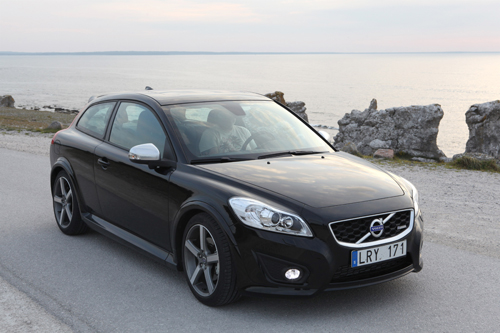
2011 – Volvo C30 R-Design T5 Polestar at Digerhuvud Naturreservatet on Fårö in Gotland, Sweden 🇸🇪.
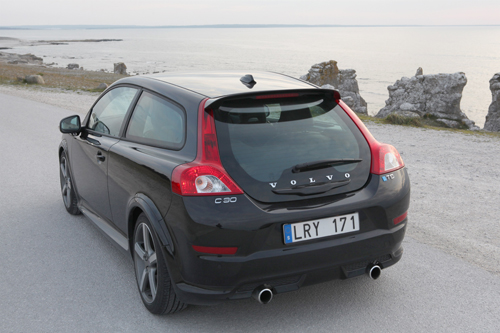
2011 – Volvo C30 R-Design T5 Polestar at Digerhuvud Naturreservatet on Fårö in Gotland, Sweden 🇸🇪.
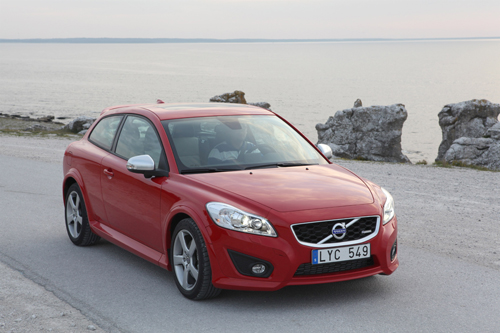
2011 – Volvo C30 R-Design T5 at Digerhuvud Naturreservatet on Fårö in Gotland, Sweden 🇸🇪.
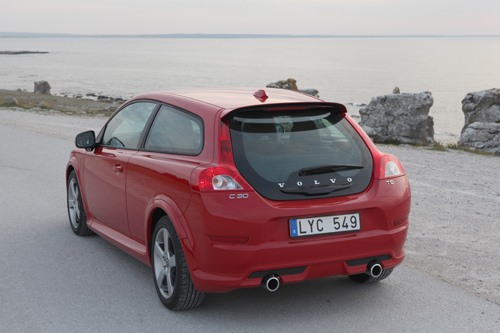
2011 – Volvo C30 R-Design T5 at Digerhuvud Naturreservatet on Fårö in Gotland, Sweden 🇸🇪.
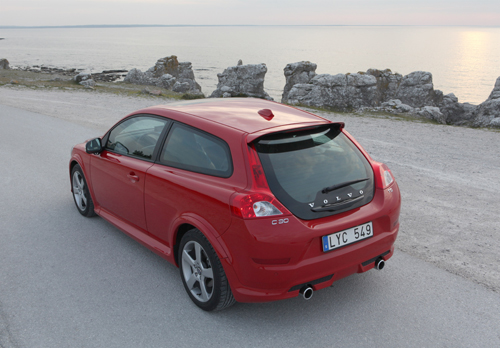
2011 – Volvo C30 R-Design T5 at Digerhuvud Naturreservatet on Fårö in Gotland, Sweden 🇸🇪.
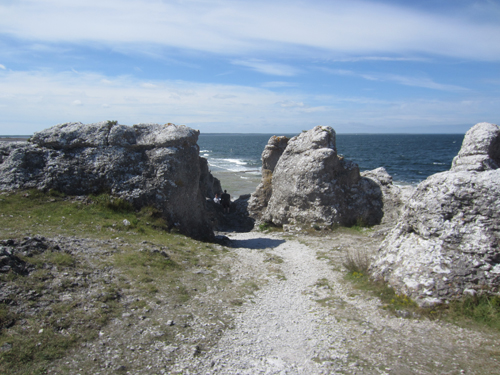
2016 – Digerhuvud Naturreservatet on Fårö in Gotland (own photo)
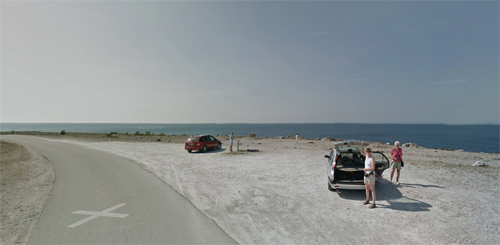
2021 – Digerhuvud Naturreservatet on Fårö in Gotland (Google Streetview)
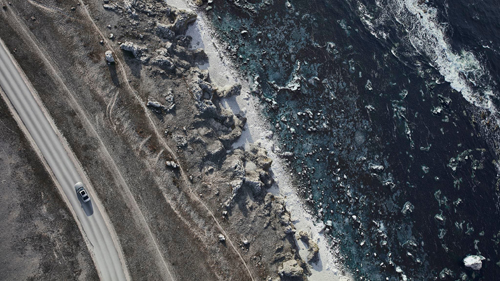
2018 – Volvo S60 at Digerhuvud Naturreservatet between Lauterhorn and Aursviken on Fårö in Gotland, Sweden 🇸🇪
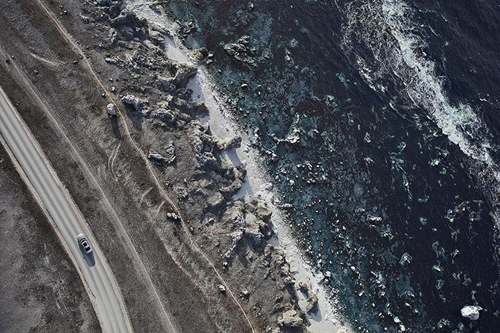
2018 – Volvo S60 at Digerhuvud Naturreservatet between Lauterhorn and Aursviken on Fårö in Gotland, Sweden 🇸🇪

2014 – Volvo Concept Estate at coastal road southwest of Digerhuvud on Fårö on Gotland, Sweden.
Digerhuvud Naturreservatet is located on Fårö in Gotland, Sweden.
The nature reserve Digerhuvud stretches along Fårö’s northwest coast, from Lauterhorn in the southwest to Helgumannen’s fishing village in the northeast. A paved road runs through the reserve which makes the various parts of the area easy to reach. Occasionally there may be many visitors here, but the area’s rauks are enough for everyone – you can always find your own rauk to climb, examine or rest your back against.
Raukarna varies in height from a few meters up to 8 meters. The outermost rauks stand a bit out in the water and are still being processed by the waves of the sea. Inside the rauk field runs a low cliff, and inside this spreads a cobblestone field up to 200 meters wide which has almost no vegetation. Even further in, a low-growing forest of windswept beach pines takes over.
How the rauks have been formed:
The Gotland bedrock is largely made up of coral reefs that formed in a tropical sea about 430 million years ago, during the Silurian period. Between these fossil reefs are packs of stored limestone and muddy marl. After the last ice age, just over 10,000 years ago, Gotland was initially completely covered by water. Released from the weight of the ice masses, however, the land gradually rose above sea level. Where land and sea met, the waves could work the bedrock. The reef bodies themselves withstood the abrasion of the waves better than the surrounding stratified rocks, and when the water receded they could remain as isolated stone pillars – rauks. The Raukarna thus consist of hard, unstored limestone and are remnants of the ancient reefs that came to give rise to today’s Gotland.Both the reef limestone and the stored limestone are rich in fossils of the many different kinds of animals that lived on and near the reefs: stromatoporoids, corals, shells, octopuses, mosses, armfoot and sea lilies.
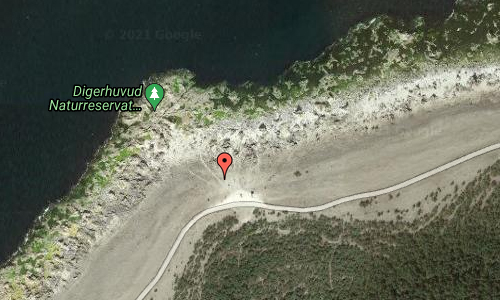
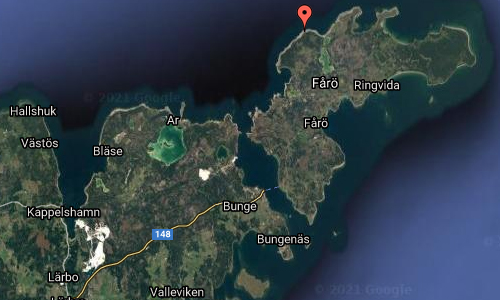
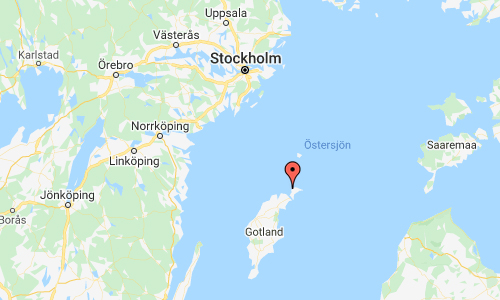
More information on sv.wikipedia.org, lansstyrelsen.se and upplevfaro.se.



 Posts
Posts